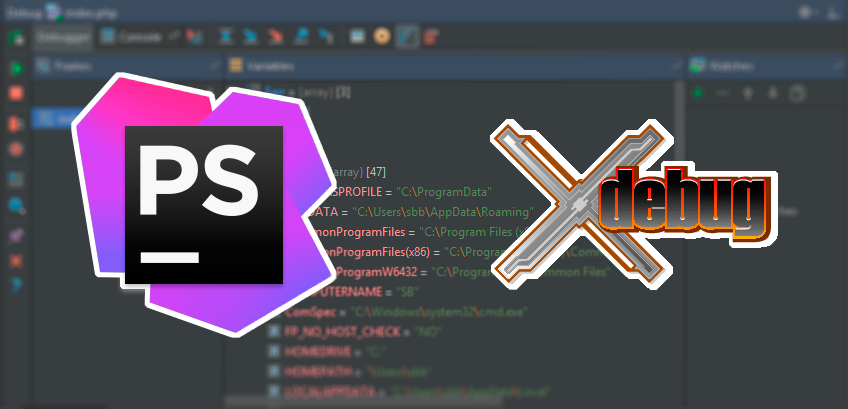
The easiest way to enforce consistent style in yourĪdopting standard style means ranking the importance of code clarity andĬommunity conventions higher than personal style. Maintain multiple hundred-line style configuration files for every module/project The beauty of JavaScript Standard Style is that it's simple.

Why should I use JavaScript Standard Style? Never give style feedback on a pull request again! Style is checked automatically when you run npm test $ npm test Note: by default standard will look for all files matching the patterns: Standard instead of your shell: $ standard "src/util/**/*.js" "test/**/*.js" Sure to quote paths containing glob patterns so that they are expanded by You can optionally pass in a directory (or directories) using the glob pattern. If you've installed standard locally, run with npx instead: $ npx standard

Lib/torrent.js:950:11: Expected '=' and instead saw '='. Simplest use case would be checking the style of all JavaScript files in the UsageĪfter you've installed standard, you should be able to use the standard program. Note: To run the preceding commands, Node.js and npm must be installed.

#Phpstorm review install#
Or, you can install standard locally, for use in a single project: $ npm install standard -save-dev Run the following command in Terminal: $ npm install standard -global The easiest way to use JavaScript Standard Style is to install it globally as a How do I make the output all colorful and pretty?.Can I check code inside of Markdown or HTML files?.What is the difference between warnings and errors?.What about Web Workers and Service Workers?.What about Mocha, Jest, Jasmine, QUnit, etc?.Can I use a JavaScript language variant, like Flow or TypeScript?.How do I use experimental JavaScript (ES Next) features?.How do I prevent "variable is not defined" errors? I use a library that pollutes the global namespace.I disagree with rule X, can you change it?.Why should I use JavaScript Standard Style?.Give it a try by running npx standard -fix right now! Table of Contents Time by eliminating back-and-forth between reviewer & contributor. Catch style issues & programmer errors early.Just run standard -fix and say goodbye to The easiest way to enforce code quality in your This module saves you (and others!) time in three ways: And if it's not in a plug-in, then you can handle it with the File Watchers.繁體中文 (Taiwanese Mandarin) JavaScript style guide, linter, and formatter Most external tools/tasks can be handled with WebStorm. It's also recommended to more explicitly represent your workflow within WebStorm itself. It should be noted though that this is easily remedied by going to File/Settings/System Settings and checking the "Synchronize Files on frame or editor tab activation" option. You usually remember to do that anyway after you've been trying to track down a bug on a line of JavaScript that Webstorm says doesn't exist for the last two hours. There's a feature in the context-menu for manually synchronising directories with their real filesystem equivalent, but this shouldn't be necessary and is annoying to do. If you have an external tool acting on your project (such as a gulp task or a third-party Git client), what you see in the file browser or in open tabs becomes out-of-date. Non-native filesystem causes issues The Java wrapper around the filesystem doesn't actively watch for file changes (by, for example, using the fsevents api on OS X), and as a result can become easily desynchronised from the actual filesystem. For casual, unsophisticated applications by someone who grew up with green screen character based computers, it's probably OK. For this reason, I would not recommend Emacs to anyone who is under 50 year old, or who needs power user capabilities. The things I just mentioned, are all present in some limited and inept form, but falls far short of current standard of good user interface design. To this day, it lacks or struggles with very basic things, like interactive dialogs, toolbars, tabbed interface, file system navigation, etc., etc. So Emacs does 5% or what an editor should do quite will, and is surprisingly under-powered and old fashioned at the other 95%. Unfortunately, it didn't keep up with the times and fails to take advantage of the entire world of GUI design that's revolutionized computer science since then. In fairness to Emacs, its original design was conceived in that context and is rather good at some things, like flexible ability to bind commands to keyboard shortcuts. User interface is terrible I was using Emacs in the early 1980's, before there were GUIs.


 0 kommentar(er)
0 kommentar(er)
